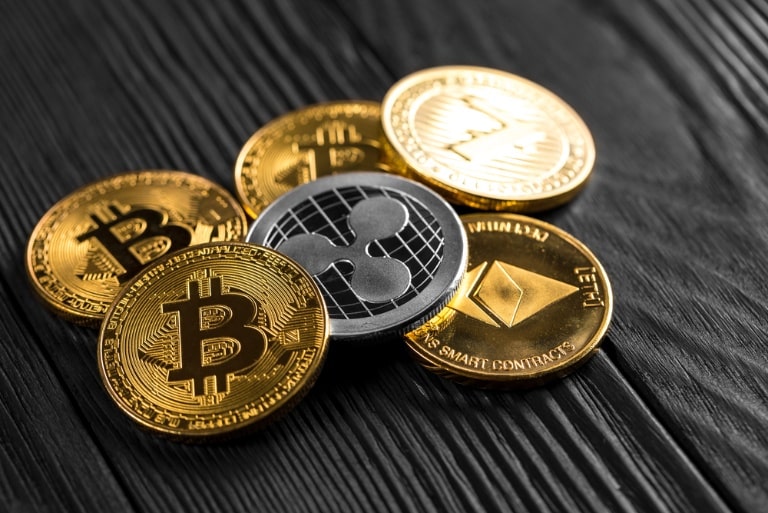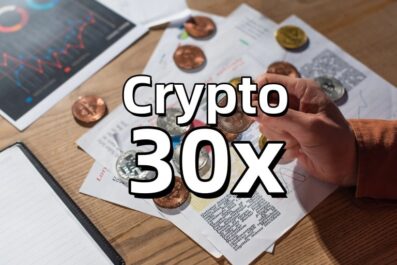New to Crypto in 2025? What You Need to Know About Wallets, On-Ramps, and Ecosystems

If you’re stepping into crypto for the first time in 2025, you’re not alone. With global crypto adoption now exceeding 600 million users and countries like the UAE actively supporting blockchain innovation, the learning curve may feel steep, but the tools have never been easier to use.
This guide breaks down the most important parts of getting started: wallets, on-ramps, and how to navigate the broader ecosystem.
Why 2025 Is the Right Time to Enter Crypto
If you’re new to the space, there’s good news, cryptocurrency for beginners in 2025 is nothing like it was in the wild early days. The market has matured. Regulations are clearer. Platforms are safer. And the use cases are no longer limited to just speculation.
From stablecoins for everyday spending to tokenized real estate investments, crypto is now woven into real-world finance. Countries like the UAE and Bahrain have created licensing regimes to protect users while fostering innovation. At the same time, giants like Visa and BlackRock are integrating digital assets into traditional financial services.
Here are a few reasons why now’s a smart time to start:
- 50+ countries have clear crypto tax and regulatory guidelines
- $350+ billion in real-world assets have already been tokenized
- $1 trillion+ in stablecoin transaction volume is happening annually
Bottom line? With lower barriers and stronger infrastructure, 2025 is the year to explore crypto seriously, and safely.
Wallets: Your First Crypto Tool
A crypto wallet is what lets you hold, send, and receive digital assets. Think of it like your online bank account, except you control the keys.
The Two Main Types:
- Custodial wallets: These are managed by a third party. You don’t hold your private keys, but it’s easy to use and often comes with built-in trading features.
- Non-custodial wallets: Here, you hold your own keys (usually a recovery phrase). Examples include MetaMask, Rabby, or hardware wallets like Ledger. They offer full control but also full responsibility.
Beginners often start with a custodial wallet for ease and shift to a non-custodial one as they gain confidence.
Other tips:
- Set up multi-factor authentication on custodial wallets.
- Store your recovery phrase offline in multiple secure places.
- Never share your wallet seed with anyone — ever.
On-Ramps: How You Buy Your First Crypto
To get crypto, you need to go from your local currency (like AED or USD) into a digital asset like Bitcoin or Ethereum. That’s where on-ramps come in.
Popular On-Ramp Methods in 2025:
- Centralized exchanges (CEXs): Binance, Bybit, Kraken, and Rain are licensed in the Gulf.
- Fintech apps: eToro, Revolut, and even PayPal now support crypto purchases.
- Peer-to-peer (P2P) platforms: Useful in regions with limited banking access.
- Fiat-to-crypto bridges: Web3 apps like MoonPay or Transak let you use cards or bank transfers directly into your wallet.
Many UAE-based banks now allow direct transfers into licensed exchanges. And with Emirates NBD and ADCB piloting token custody projects, the integration is only deepening.
What to watch for:
- Fees: Some platforms charge higher spreads or deposit/withdrawal fees.
- KYC (Know Your Customer): Most platforms require ID verification.
- Limits: Daily or monthly purchase limits can apply depending on your account tier.
Ecosystems: Understanding Where You Are Operating
Crypto isn’t just coins. It’s a vast web of blockchains, applications, and protocols.
Some of the most used ecosystems in 2025 include:
Ethereum
Still the most widely used network for DeFi, NFTs, and smart contracts. Major wallets and apps support it. Gas fees are now lower thanks to upgrades like Proto-Danksharding.
Bitcoin
Mostly used for storing values or transferring large amounts. Now integrated with the Lightning Network for faster, cheaper payments.
Solana
Known for speed and low fees, Solana powers many games, NFTs, and DePIN (decentralized physical infrastructure) apps.
Polygon
Popular in the UAE for government and enterprise use cases. Fast, affordable, and Ethereum-compatible.
BNB Chain, Avalanche, and Base
Emerging players with growing ecosystems in DeFi and tokenized real-world assets.
When you interact with crypto, you’re usually operating on one of these chains. Your wallet must be compatible with the network of the asset you’re trading or holding.
Staying Safe in the Crypto World
Even with regulation, scams haven’t disappeared. New users need to stay alert.
Common red flags:
- Promises of guaranteed returns
- Requests for your wallet seed or private key
- Social media DMs offering “investment opportunities”
- Fake trading apps or phishing sites
Best practices:
- Double-check URLs and only download wallets from official sites.
- Use a VPN when accessing public Wi-Fi.
- Never store large balances in hot wallets for long periods.
And remember, if something sounds too good to be true, it usually is.
Using Crypto Day to Day
In the UAE and other forward-leaning countries, using crypto beyond just holding it is becoming more realistic.
You can now:
- Pay for flights, hotels, and food with crypto (via Travala, Binance Pay, and more)
- Receive salary in stablecoins on platforms like Deel
- Earn yield or interest on stablecoins via licensed platforms like Matrixport or Nexo
- Buy tokenized gold, stocks, or even real estate
Stablecoins like USDT, USDC, and EURC are widely used for spending and saving. Some UAE stores and startups even offer discounts for crypto payments.
Final Thoughts: Crypto for Newcomers Isn’t What It Used to Be
Crypto in 2025 is no longer a hacker’s playground or speculative free-for-all. It’s evolving into a functional part of the global financial system. With clear regulation, growing real-world utility, and easier-to-use tools, anyone can enter — even with zero tech background.
But like any form of investing or digital finance, it pays to be educated, cautious, and intentional.
Start slow. Learn as you go. And when in doubt, ask someone who has walked the path before you.
Your first step? Get a wallet, buy a small amount of a major coin (like ETH or BTC), and explore. That’s how every crypto expert started — and you’re right on time.




